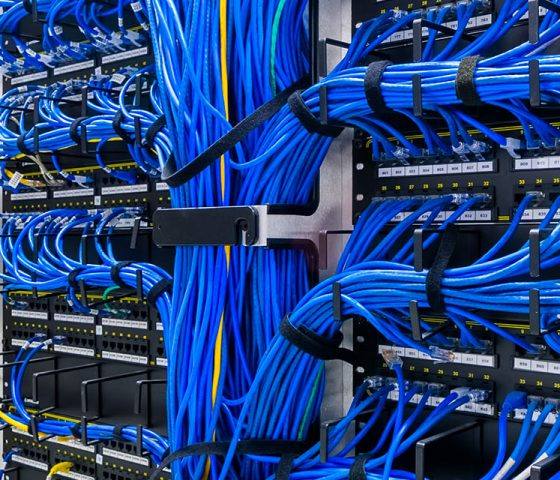Things To Know About Network Wiring

Network wiring is the backbone of modern communication systems, carrying data between computers, servers, and devices. A strong understanding of wiring basics helps ensure reliable connectivity, higher speeds, and minimal downtime. The first thing to know is that different cable types serve different purposes. Twisted pair cables, such as Cat5e, Cat6, and Cat6a, are most common in homes and offices. They consist of twisted copper wires that reduce interference. Fiber optic cables, which transmit light instead of electricity, are used for long distances and very high bandwidth, offering faster and more reliable connections than copper. Accelerated Technologies provides network wiring in Wellington, West Palm Beach, Delray Beach, Palm Beach, Jupiter, FL, Boynton Beach and surrounding areas.
Proper installation is just as important as the cable type. Network wiring should follow structured cabling standards, such as TIA/EIA-568, to ensure consistency and compatibility. Cables must be terminated correctly with RJ45 connectors or keystone jacks, and color-coded wiring schemes (T568A or T568B) should be followed for neatness and troubleshooting. Poor terminations or mismatched wiring can cause signal loss and connectivity issues.
Physical layout matters as well. Cables should be routed away from power lines and fluorescent lighting to avoid electromagnetic interference. They should be secured in trays or conduits, not bent sharply, pinched, or stretched beyond recommended lengths. For copper Ethernet cables, the maximum length is 100 meters per run; fiber optics allow much longer distances.
Testing and labeling are crucial steps that are often overlooked. Each cable should be tested with a cable tester to verify continuity, proper pairing, and performance. Labeling both ends of each run helps with troubleshooting and future upgrades.
Finally, safety and scalability must be considered. Following local electrical codes, grounding systems, and leaving room for future expansion all contribute to a professional and future-proof network. Well-planned wiring reduces maintenance costs and supports growing bandwidth demands.
In short, understanding cable types, standards, installation practices, and testing procedures ensures a reliable, high-performing network. Should you have any questions, feel free to give us a call.
